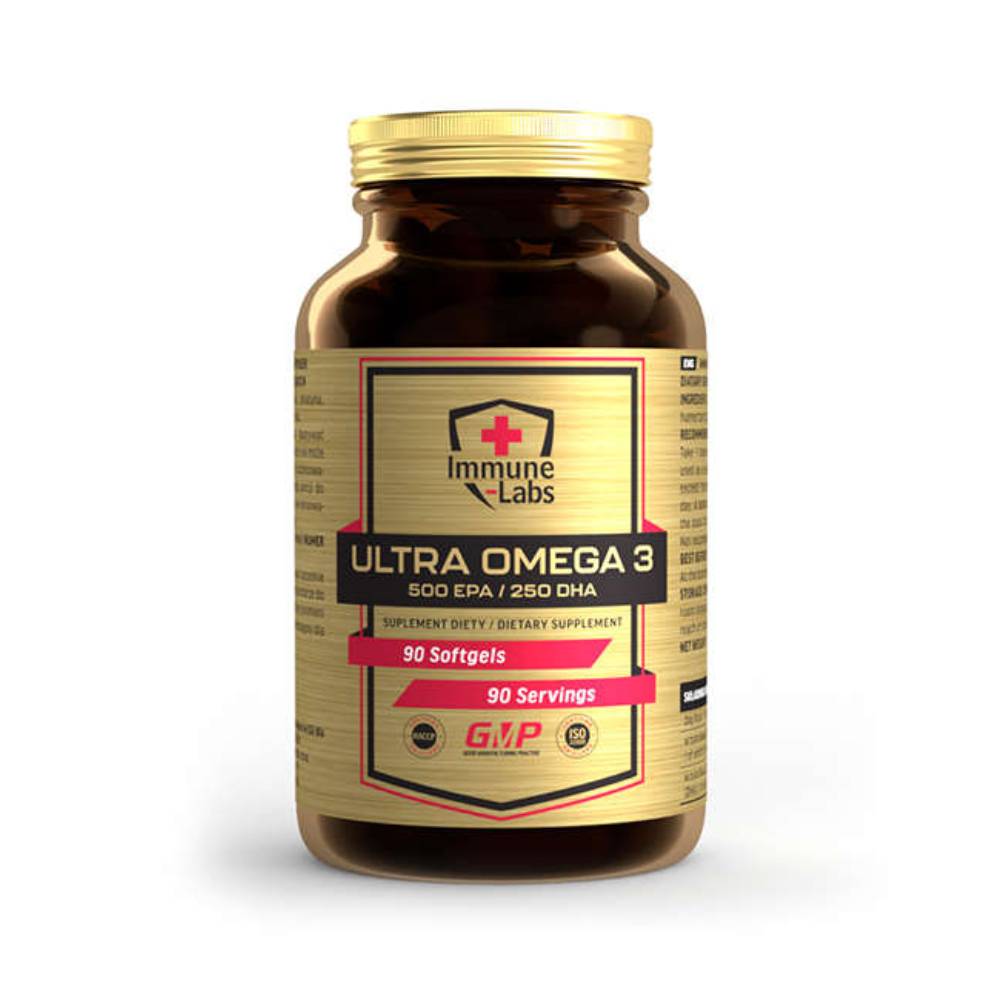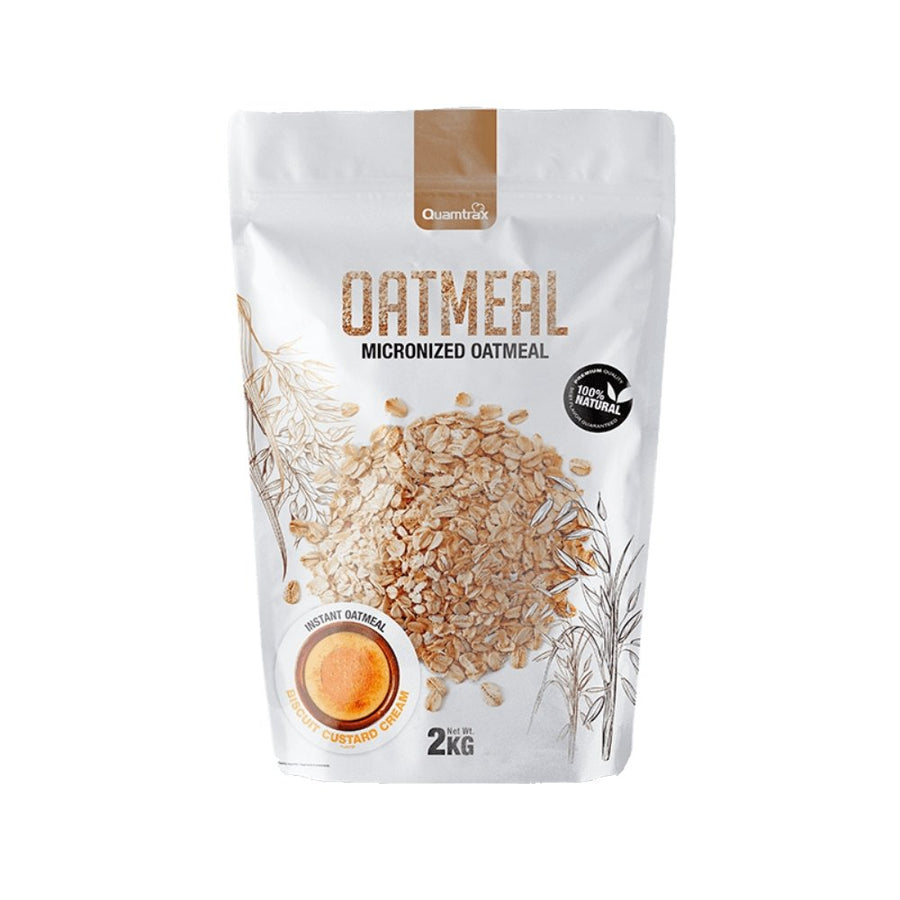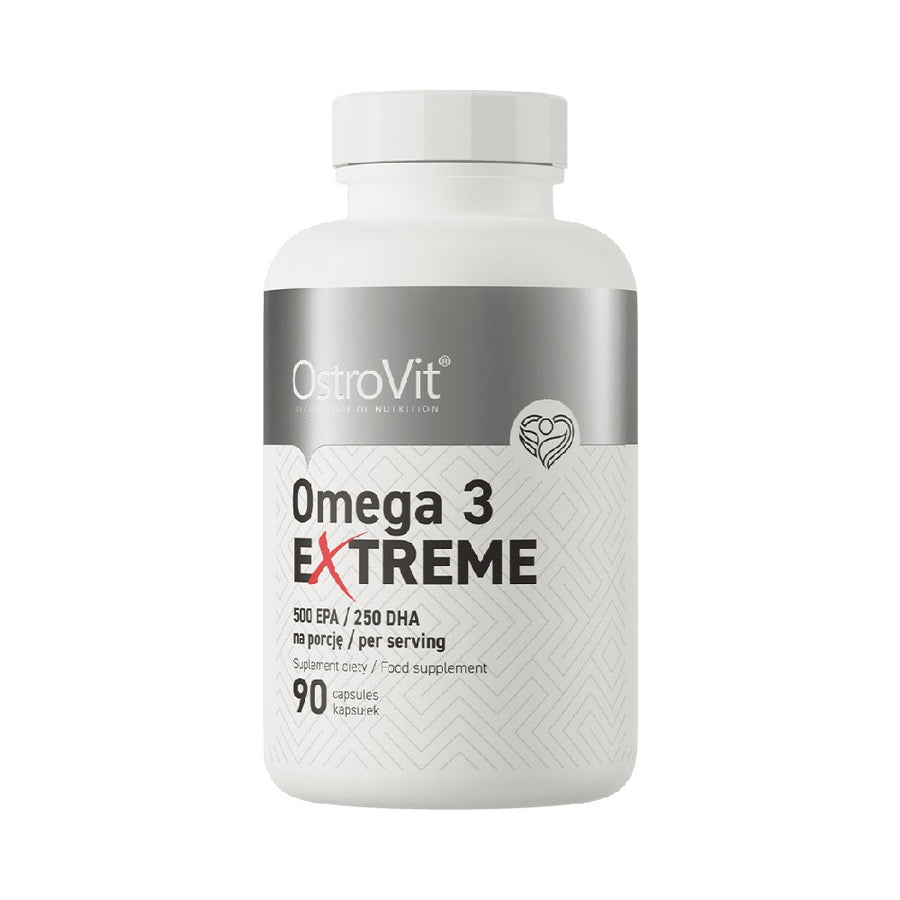Cholesterol: types, normal values and how to keep it within optimal limits

Cholesterol is an essential substance for your body, but in excessive amounts it can become a major risk factor for cardiovascular health. In this article, you will discover complete information about the types of cholesterol, normal values, and effective strategies to keep it within optimal limits. Whether you are concerned about your cholesterol levels or just want to improve your overall health, this guide will help you better understand the role of cholesterol and how to manage it effectively.
What is cholesterol and what is its role in the body?
Cholesterol is a lipid substance essential for the normal functioning of your body. Although often perceived negatively, cholesterol fulfills vital roles:
-
It is a structural element of cell membranes, ensuring their integrity and fluidity.
-
It participates in the synthesis of steroid hormones, including testosterone, estrogen, and cortisol.
-
It is a precursor in the production of vitamin D, essential for bone health.
-
It contributes to the formation of bile acids, necessary in the process of fat digestion.
-
It plays an important role in the functioning of the nervous system, being present in large quantities in the brain.
Cholesterol in the body comes from two main sources:
-
Endogenous production - approximately 75-80% of cholesterol is synthesized by the liver.
-
Dietary intake - the remaining 20-25% comes from the animal foods you consume.
Types of cholesterol: HDL, LDL and total cholesterol
Imbalanced cholesterol levels can contribute to serious health problems, especially the development of cardiovascular disease. Excess cholesterol, especially in the form of LDL cholesterol, can build up on artery walls, forming plaque deposits that narrow blood vessels and increase the risk of heart attack and stroke. On the other hand, HDL cholesterol helps remove excess cholesterol from the blood, thus protecting heart health.
As mentioned earlier, cholesterol circulates in the blood bound to proteins, forming lipoproteins. There are two main types of lipoproteins that transport cholesterol.
Cholesterol-LDL (Low-Density Lipoprotein) - "Bad Cholesterol"
LDL is often called "bad cholesterol" because:
-
It transports cholesterol from the liver to the body's cells.
-
In excess, it can deposit on the walls of the arteries, forming atherosclerotic plaques.
-
It contributes to the narrowing and hardening of the arteries (atherosclerosis).
-
It increases the risk of cardiovascular disease.
HDL (High-Density Lipoprotein) - "Good Cholesterol"
HDL is considered "good cholesterol" because:
-
It collects excess cholesterol from the blood and tissues.
-
It transports cholesterol back to the liver for elimination.
-
Helps prevent plaque buildup in the arteries.
-
It has a protective effect against cardiovascular diseases.
Total serum cholesterol
Total cholesterol is the sum of all types of cholesterol in your blood, including:
-
LDL cholesterol.
-
HDL cholesterol.
-
VLDL (Very Low-Density Lipoprotein) - another form of lipoprotein that carries triglycerides.
It's important to remember that an optimal total cholesterol level does not guarantee a healthy lipid profile. That's why doctors also analyze the ratio of LDL to HDL, as well as triglyceride levels, for a complete assessment of cardiovascular risk.
Interaction between types of cholesterol
The balance between LDL and HDL is important for your cardiovascular health:
-
A high level of LDL and low HDL increases the risk of cardiovascular disease.
-
A high level of HDL can partially offset the negative effects of an elevated LDL.
-
Your lifestyle and genetic factors influence this balance.
Normal cholesterol levels by age and sex
Maintaining an appropriate balance between the different types of cholesterol is essential for cardiovascular health. Optimal cholesterol levels vary by age and sex, influencing the risk of cardiovascular disease.
For adults, total cholesterol should be below 200 mg/dL, LDL cholesterol below 100 mg/dL, and HDL cholesterol above 60 mg/dL. Triglycerides should not exceed 150 mg/dL to maintain a healthy lipid profile.
Cholesterol levels can change with age. In children and adolescents, total cholesterol should be below 170 mg/dL, LDL cholesterol below 110 mg/dL, and HDL cholesterol above 45 mg/dL. After age 20, standard values apply, and in people over 65, total cholesterol may be slightly higher, without always indicating increased risk.
There are differences between men and women when it comes to cholesterol levels. In men, HDL cholesterol should be above 40 mg/dL, with an optimal level of over 60 mg/dL. In women, HDL cholesterol should be above 50 mg/dL, and after menopause, the risk of high cholesterol becomes similar to that of men.
In addition to absolute values, doctors analyze the LDL/HDL ratio, which should be below 3.5:1. A lower ratio indicates a reduced cardiovascular risk and a healthier lipid profile.
Cholesterol is influenced by numerous factors, such as diet, physical activity, body weight, genetic predisposition, and certain conditions such as diabetes or hypothyroidism.
Although high cholesterol is often associated with health problems, having too low a level can also have negative effects, such as depression, anxiety, memory difficulties, and a weakened immune system. Therefore, it is essential to maintain an optimal balance to ensure proper body function and prevent the risks associated with both high and low cholesterol levels.
High LDL cholesterol: causes, risk factors and symptoms
High levels of LDL cholesterol, also known as “bad cholesterol,” can have a significant impact on cardiovascular health. This problem arises from a combination of lifestyle factors, genetic predisposition, and certain medical conditions. Among the main causes of high cholesterol are a diet rich in saturated and trans fats, found in fatty meats, whole dairy products, and processed foods, which can contribute to increased LDL levels. Lack of regular physical activity and a sedentary lifestyle favor lipid imbalance, and obesity is closely correlated with high LDL cholesterol levels. Genetic factors can also play an important role, and familial hypercholesterolemia can cause excessive cholesterol accumulation in the blood from an early age. Certain medical conditions, such as diabetes, hypothyroidism, or polycystic ovary syndrome, can negatively influence cholesterol metabolism.
In addition to these direct causes, there are other factors that increase the risk of having high LDL cholesterol. With increasing age, the risk increases, especially affecting men over 45 years of age and women over 55 years of age. Gender differences also play a role, with men tending to have higher LDL levels than premenopausal women. Smoking contributes to increased LDL cholesterol through its harmful effects on lipid metabolism, and excessive alcohol consumption can promote increased LDL cholesterol and triglycerides. In addition, chronic stress leads to increased cortisol levels, which can negatively influence the lipid balance in the body.
High LDL cholesterol generally does not have obvious symptoms in its early stages, giving it the reputation of being a “silent killer.” However, over time, visible signs may appear, such as fatty deposits under the skin, called xanthomas, located especially around the eyes or on tendons. Another possible sign is the appearance of a whitish ring around the iris, known as a corneal arcus, especially in young people. In advanced cases, chest pain caused by narrowing of the coronary arteries (angina pectoris) or pain in the legs when walking, a symptom of narrowing of the peripheral arteries, known as intermittent claudication, may occur. However, the absence of these symptoms does not necessarily mean that LDL cholesterol levels are within normal limits, which is why regular blood tests remain the safest method of monitoring.
To better understand how diet and lifestyle influence LDL cholesterol levels, it is important to know the biochemical mechanisms involved. Saturated fats stimulate the liver's production of LDL cholesterol by inhibiting LDL receptors, which reduces the body's ability to eliminate excess cholesterol from the blood. Trans fats disrupt lipid metabolism, favoring the increase of LDL and the reduction of HDL cholesterol, known as "good". On the other hand, regular physical exercise increases the activity of an enzyme called lipoprotein lipase, which helps break down LDL cholesterol. Consuming soluble fiber also contributes to lowering LDL levels, as these fibers reduce the absorption of cholesterol in the intestine, facilitating its elimination from the body. Thus, maintaining a balanced lifestyle, based on a healthy diet and regular physical activity, can have a significant impact on controlling LDL cholesterol levels and preventing cardiovascular diseases.
How is cholesterol level measured?

Monitoring cholesterol levels plays an essential role in preventing cardiovascular disease. It is assessed through a blood test known as a lipid profile or lipidogram, which provides a detailed picture of the levels of fats in the blood. The test measures total cholesterol, LDL and HDL levels, as well as triglycerides and non-HDL cholesterol, calculated by subtracting HDL from total cholesterol.
To obtain accurate results, it is important that the patient follow certain recommendations before blood collection. It is recommended to fast for 9-12 hours, avoid alcohol consumption for at least 24 hours before the test, and maintain a normal diet and physical activity level in the days leading up to the analysis.
The frequency with which cholesterol testing should be performed varies depending on age and individual risk factors. For healthy adults between the ages of 20 and 45, testing is recommended every 4-6 years. For men over 45 and women over 55, testing becomes necessary annually. People with cardiovascular risk factors may require more frequent monitoring, as directed by their doctor.
Interpretation of the results should be done in a clinical context by a specialist physician. In addition to cholesterol values, he will take into account the ratio of LDL to HDL, the presence of other cardiovascular risk factors, and personal and family medical history to assess the overall risk of cardiovascular disease.
In addition to the standard lipid profile, there are advanced methods for assessing cardiovascular risk. Measurement of LDL particles provides information about their size and number, and the coronary calcium test assesses the degree of calcification of the arteries. Apolipoprotein B, a more accurate marker than LDL cholesterol in some cases, can provide additional details about cardiovascular risk.
Regular cholesterol monitoring is essential for early detection of lipid imbalances, assessing the effectiveness of lifestyle changes or drug treatments, and adjusting prevention and treatment strategies based on changes in values. This proactive approach allows for the maintenance of cardiovascular health and the reduction of the risk of long-term complications.
Treating high cholesterol: lifestyle changes and drug options
Maintaining optimal cholesterol levels is essential for cardiovascular health. In this section, you will learn about treatment strategies for high cholesterol, focusing on both lifestyle changes and available medication options.
Lifestyle changes
The first step in treating and improving the symptoms of high cholesterol often involves lifestyle changes:
-
Diet for high cholesterol: Reducing your consumption of saturated and trans fats, increasing your intake of soluble fiber, and adopting a Mediterranean-style diet can have a significant impact on your cholesterol levels.
-
Regular physical activity: Moderate aerobic exercise, performed at least 30 minutes a day, 5 days a week, can increase your HDL levels and reduce LDL.
-
Weight management: Losing weight, even modestly, can significantly improve your lipid profile.
-
Quitting smoking: This step not only reduces overall cardiovascular risk, but can also increase your HDL levels.
-
Limiting alcohol consumption: Moderate consumption can have beneficial effects on HDL, but excess can increase triglycerides and LDL.
Drug treatment
When lifestyle changes are not enough, doctors may recommend drug treatment:
-
Statins: Considered the first line of treatment, statins reduce cholesterol production in the liver and can lower LDL by 20-55%.
-
Cholesterol absorption inhibitors: Drugs such as ezetimibe reduce the absorption of cholesterol from the intestine.
-
Bile acid sequestrant resins: These bind bile acids in the intestine, causing the liver to use more cholesterol to produce new bile acids.
-
PCSK9 inhibitors: A newer class of injectable drugs that can dramatically reduce LDL levels.
-
Nicotinic acid (niacin): Can reduce LDL and triglycerides while increasing HDL.
Diet for high cholesterol: recommended and avoided foods
Diet plays a crucial role in managing cholesterol levels. The following foods have been shown to be beneficial in reducing LDL cholesterol levels and increasing HDL cholesterol:
-
Fruits and vegetables: Rich in soluble fiber and antioxidants, they help reduce cholesterol absorption. Apples, pears, citrus fruits, carrots, and green leafy vegetables are excellent options.
-
Whole grains: Oats and barley contain beta-glucan, a soluble fiber that significantly reduces LDL cholesterol.
-
Fatty fish: Salmon, mackerel, sardines, and tuna are rich in omega-3 fatty acids, which increase HDL cholesterol and reduce inflammation.
-
Nuts and seeds: Almonds, walnuts, flax seeds, and chia seeds are rich in healthy fats and fiber.
-
Legumes: Beans, lentils, and chickpeas are excellent sources of plant-based protein and soluble fiber.
-
Healthy vegetable oils: Extra virgin olive oil, canola oil, and avocado oil are rich in beneficial monounsaturated fats.
To reduce LDL cholesterol , it is important to limit your consumption of the following foods:
-
Fatty red meat: Beef, pork, and lamb contain high amounts of saturated fat.
-
Whole milk: Whole milk, full-fat cheeses, and butter are high in saturated fat.
-
Fried foods: These are often high in trans and saturated fats.
-
Pastries and confectionery: Cakes, cookies, and other processed sweets often contain trans fats and added sugar.
-
Cold cuts and processed meats: These foods are high in saturated fat and sodium.
-
Sweetened beverages: Juices and carbonated drinks with added sugar can increase triglycerides.
Certain supplements can help lower cholesterol, but their use should be done under the supervision of a doctor. Plant sterols and stanols are natural substances that can limit the absorption of cholesterol in the intestine, thus helping to maintain an optimal level. Soluble fibers, such as those from psyllium or beta-glucan, can have a beneficial effect when integrated into the diet, amplifying the effects of fiber consumed through food. Also, omega-3 cholesterol supplements , derived from fish oil, can be especially useful for people with high triglyceride levels, thus contributing to cardiovascular health.
Don't forget the importance of adequate hydration. Water, unsweetened teas, and herbal infusions can replace drinks with added sugar, helping to maintain a healthy weight and a balanced metabolism.

Complications of high cholesterol and their prevention
High cholesterol, especially high LDL levels, can have serious effects on cardiovascular health, contributing to conditions such as atherosclerosis, coronary heart disease, stroke, and high blood pressure. The buildup of cholesterol in artery walls leads to the formation of plaques, which narrow blood vessels and reduce blood flow, increasing the risk of major complications. Over time, these plaques can cause blockages or clots, triggering serious cardiovascular events.
Factors such as diabetes, obesity, smoking, sedentary lifestyle and chronic stress can accelerate the development of these complications. To prevent them, it is essential to regularly monitor cholesterol levels, adopt a balanced diet, maintain a healthy weight, quit smoking and manage stress. Regular physical activity and compliance with prescribed treatment contribute significantly to reducing cardiovascular risk.
Effective prevention requires a holistic approach that goes beyond cholesterol control and also addresses other cardiovascular risk factors, such as hypertension and diabetes. Recent research offers promising perspectives in this area, including the use of genetic markers for risk assessment, the integration of artificial intelligence into prevention programs, and the development of innovative therapies to combat vascular inflammation associated with atherosclerosis.
Effective cholesterol management is an important aspect of your cardiovascular health. By understanding the types of cholesterol, normal levels, and strategies for keeping them within optimal limits, you can take important steps toward a healthier life. Remember that a holistic approach, combining a balanced diet, regular physical activity, medical monitoring, and, if necessary, drug treatment, is the key to success in preventing and managing cholesterol-related problems. Stay informed, consult your doctor regularly, and make lifestyle choices that support your long-term cardiovascular health.
Medical references
-
American Heart Association. (2020). Cholesterol.
-
National Heart, Lung, and Blood Institute. (2021). High Blood Cholesterol.
-
European Society of Cardiology. (2019). 2019 ESC/EAS Guidelines for the management of dyslipidaemias. European Heart Journal, 41(1), 111-188.
-
Mayo Clinic. (2021). High cholesterol.
Photo source: Shutterstock.com.





















